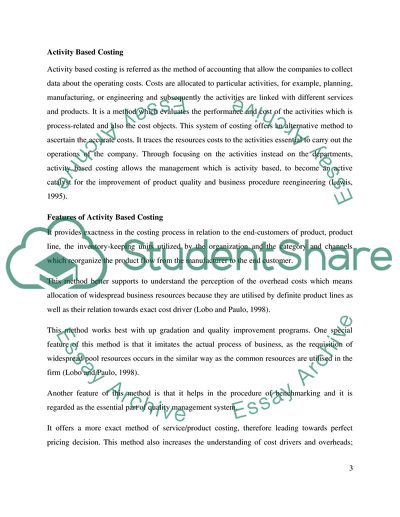Cite this document
(“Assignment Example | Topics and Well Written Essays - 2500 words - 3”, n.d.)
Retrieved from https://studentshare.org/finance-accounting/1672723-assignment
Retrieved from https://studentshare.org/finance-accounting/1672723-assignment
(Assignment Example | Topics and Well Written Essays - 2500 Words - 3)
https://studentshare.org/finance-accounting/1672723-assignment.
https://studentshare.org/finance-accounting/1672723-assignment.
“Assignment Example | Topics and Well Written Essays - 2500 Words - 3”, n.d. https://studentshare.org/finance-accounting/1672723-assignment.


